Your cart is currently empty!
Drive Testing Challenges and How To Cope
While it’s possible to collect some data through network simulation, drive testing is still an important part of wireless network buildout, optimization and service quality monitoring. Like all wireless field work, it presents specific challenges technicians must overcome.
Lack of Test Signals
When performing drive tests to locate the ideal site for a new cellular tower, it’s not unusual to encounter areas where test signals are not available. The technician must place a transmitter to simulate their own test signals, then repeat the test for each type of signal the tower will carry. With a dual-band transmitter and receiver, the technician can perform tests in half the time.
Fuel & Maintenance Costs
Drive testing can take place anywhere from uninhabited rural areas to downtown metropolitan cities. The cost of fuel and maintaining the test vehicles is a significant factor in fleet operations. The last thing a test driver wants is the vehicle running out of gas or breaking down in the middle of a test. Taking readings for multiple signal bands and keeping re-testing to a minimum lowers fuel costs and reduces wear and tear on the test vehicles.
Equipment
The typical drive testing setup includes a laptop running drive testing software, GPS device and one or more cell phones. Extra equipment may include a frequency scanner and security dongle. The technician must maintain a minimum distance between cell phones. If the antennas are not kept at least 12 inches apart, interference could affect the test results. Each component has a physical connection to the laptop. If any of the connections or components fail, it could invalidate the test results. For example, what if the cell phone’s battery goes dead or the GPS gets unplugged in the middle of the test?
Labor
Because the equipment isn’t always reliable, drive testing is usually performed with two people. One person drives the vehicle while the other watches the test equipment to make sure it performs as expected. It is possible for the driver to begin the test before starting the drive, but there is a risk of a problem occurring while the driver is occupied. At best, the driver notices right away and pulls over to correct the issue. At worst the data is not collected or invalid so they must repeat the entire test.
What’s the Solution?
With the right equipment drive test technicians can minimize the chances of costly and time-consuming retests, while maximizing the amount of data collected on each drive. Contact BVS today for more information on our compact and user-friendly test transmitters and wireless receivers and start getting the most out of every drive.
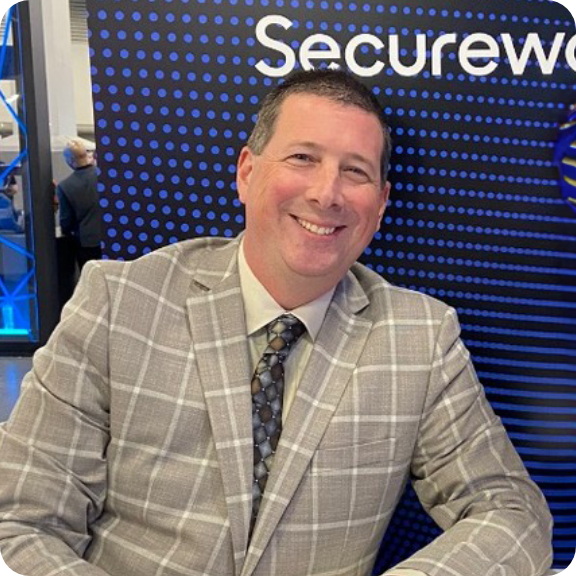
Scott Schober
CEO | Author | Speaker at Berkeley Varitronics Systems
Scott Schober presents at cybersecurity and wireless security conferences for banking, insurance, transportation, construction, telecommunications and law enforcement industries. He has overseen the development of dozens of wireless test, security, safety and cybersecurity products used to enforce a “no cell phone policy” in correctional, law enforcement, and secured government facilities. Scott regularly appears on network news programs including Fox, Bloomberg, Good Morning America, CNN, MSNBC, NPR and many more. He is the author of 'Senior Cyber', 'Cybersecurity is Everybody's Business' and 'Hacked Again', the “original hacker’s dictionary for small business owners” - Forbes Magazine.
Our Newsletter
Lorem ipsum dolor sit amet, consectetur adipiscing elit. Aliquam mattis ligula vitae leo scelerisque, sit amet feugiat ex venenatis.
"*" indicates required fields
Latest Posts
Our Best Sellers
How can we help?
Lorem ipsum dolor sit amet, consectetur adipiscing elit. Nunc dictum aliquet justo sit amet consectetur. In tempor lobortis ante vitae ornare. Praesent feugiat magna at tempor consequat. Aenean in iaculis libero, aliquam imperdiet mi.

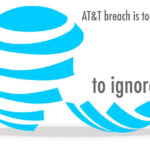
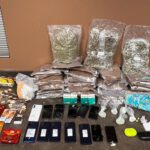
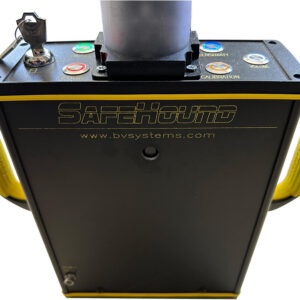
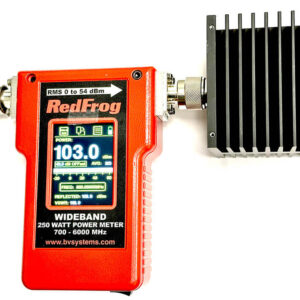
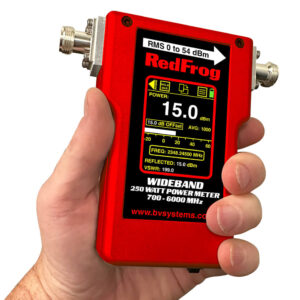
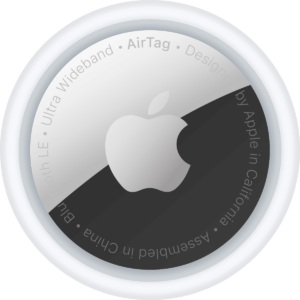
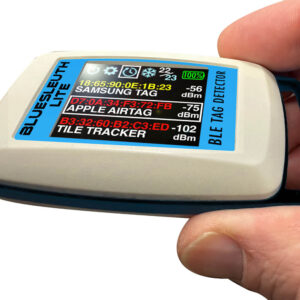
Leave a Reply